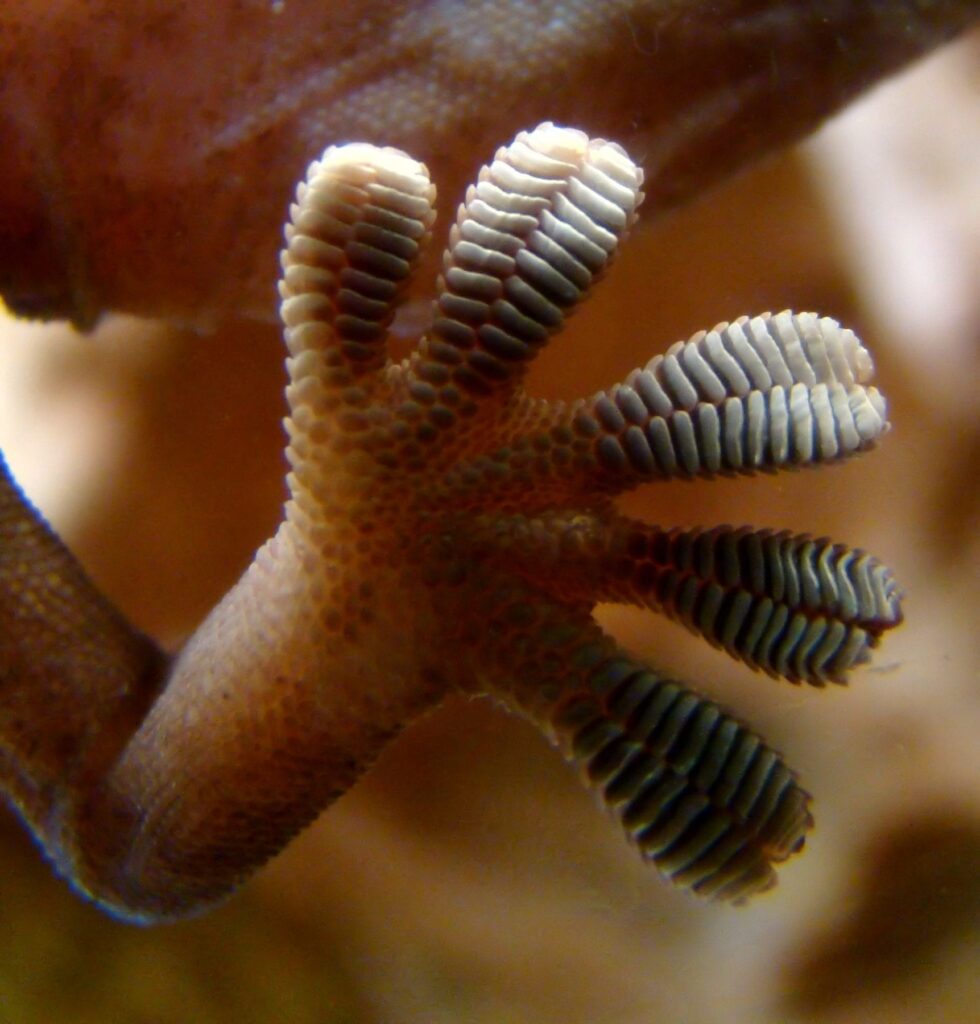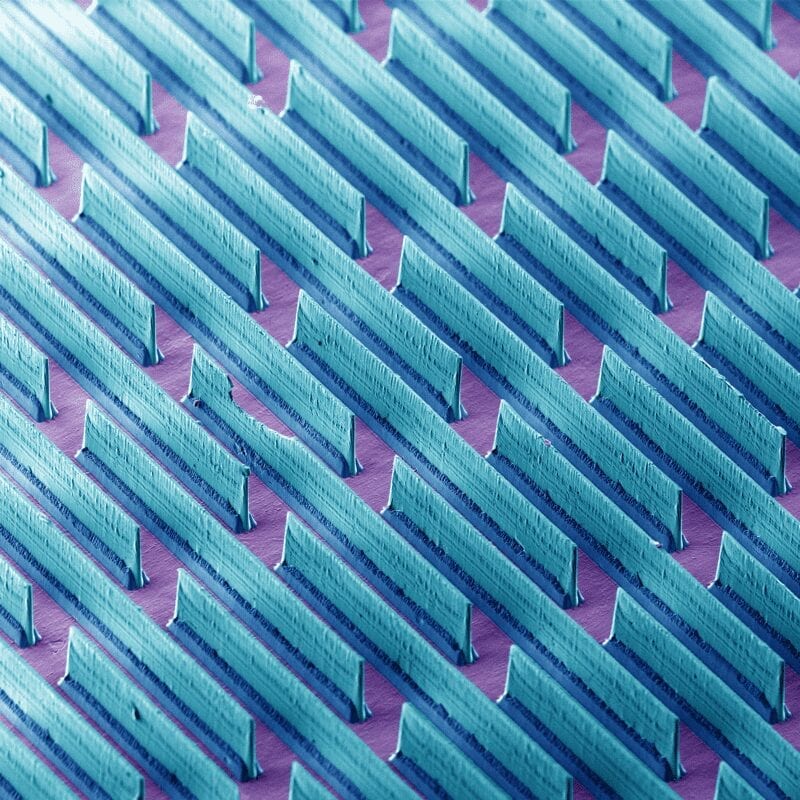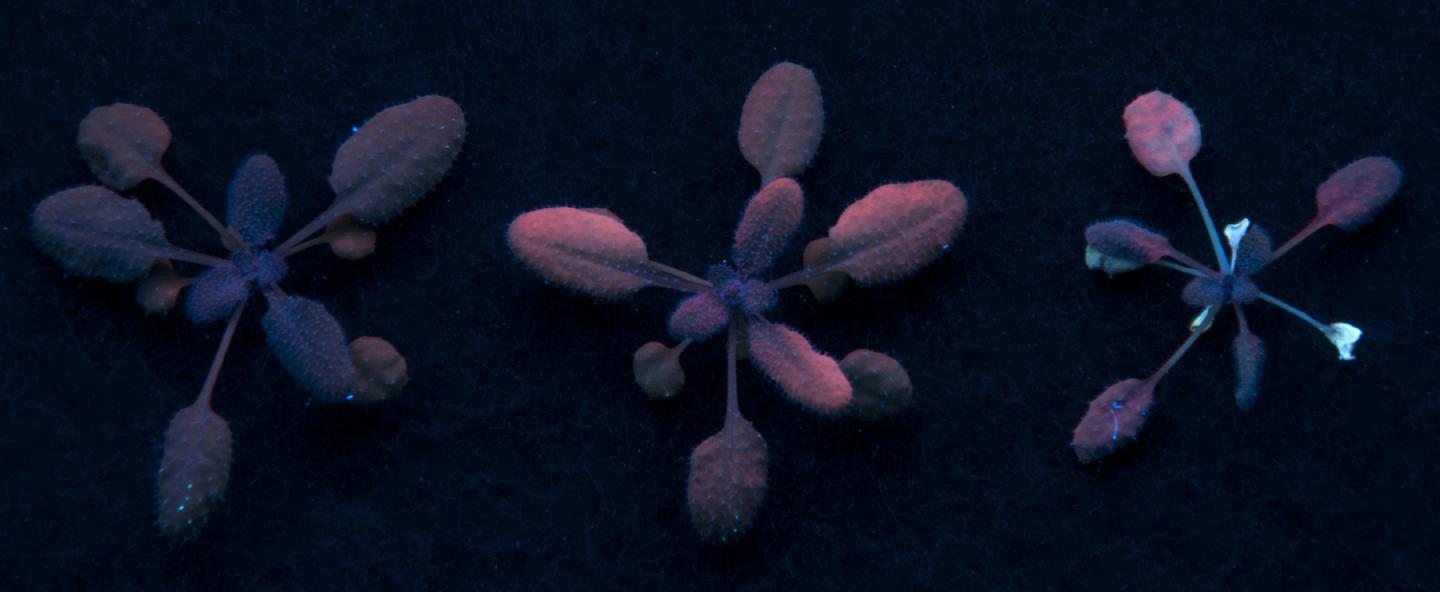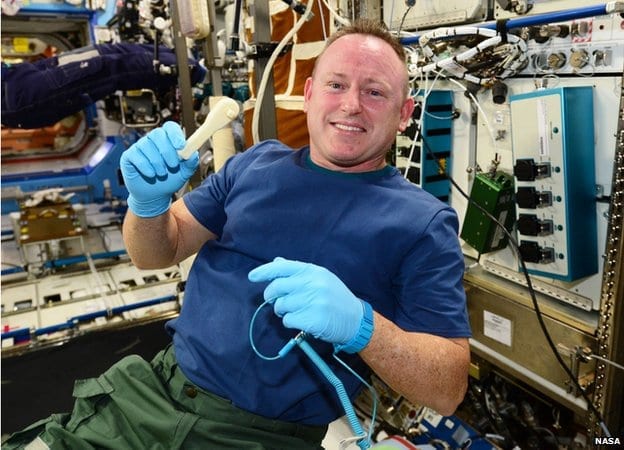
There are no garbage trucks equipped to leave the atmosphere and pick up debris floating around the Earth. But what if we could send a robot to do the job?
Scientists at NASA’s Jet Propulsion Laboratory in Pasadena, California, are working on adhesive gripping tools that could grapple objects such as orbital debris or defunct satellites that would otherwise be hard to handle.
The gecko gripper project was selected for a test flight through the Flight Opportunities Program of NASA’s Space Technology Mission Directorate. As a test, researchers used the grippers in brief periods of weightlessness aboard NASA’s C-9B parabolic flight aircraft in August.
“Orbital debris is a serious risk to spacecraft, including the International Space Station,” said Aaron Parness, a JPL robotics researcher who is the principal investigator for the grippers. “This is definitely a problem we’re going to have to deal with. Our system might one day contribute to a solution.”
The gripping system developed by Parness and colleagues was inspired by geckos, lizards that cling to walls with ease. Geckos’ feet have branching arrays of tiny hairs, the smallest of which are hundreds of times thinner than a human hair. This system of hairs can conform to a rough surface without a lot of force. Although researchers cannot make a perfect replica of the gecko foot, they have put “hair” structures on the adhesive pads of the grippers.
The synthetic hairs, also called stalks, are wedge-shaped and have a slanted, mushroom-shaped cap. When the gripping pad lightly touches part of an object, only the very tips of the hairs make contact with that surface.
“The stickiness of the grippers can be turned on and off, by changing the direction in which you pull the hairs,” Parness said.
To get the gripper to stick to a surface, force is applied to the adhesive pad material in a manner that makes the hairs bend. This increases the real area of contact between the hairs and the surface, which corresponds to greater adhesion. When the force is relaxed and the hairs go back to being upright, this process turns off the stickiness.
A phenomenon called van der Waals forces, named for Nobel Prize-winning physicist Johannes Diderik van der Waals, explains the non-permanent stickiness of the grippers, as well as gecko feet. These temporary adhesive forces happen because electrons orbiting the nuclei of atoms are not evenly spaced, creating a slight electrical charge. Such forces persist even in extreme temperature, pressure and radiation conditions.
“The reliability of van der Waals forces, even in severe environments, makes them particularly useful for space applications,” Parness said.
“The system could grapple objects in space that are spinning or tumbling, and would otherwise be hard to target,” he said.
Read more: Gecko Grippers Get a Microgravity Test Flight
The Latest on: Gecko Grippers
[google_news title=”” keyword=”Gecko Grippers” num_posts=”10″ blurb_length=”0″ show_thumb=”left”]
via Google News
The Latest on: Gecko Grippers
- Snail-inspired mechanism enables low-cost, high-payload climbing robotson May 18, 2024 at 7:30 am
Researchers at the University of Bristol have developed an efficient climbing robot mechanism inspired by snails. The team at Bristol Robotics Laboratory equipped a robot with a sliding suction ...
- Mother Nature Is Schooling Today’s Automotive Engineerson May 17, 2024 at 5:56 pm
Engineers looking to nature for solutions begin by defining the scope of their project and cataloging its constituent functions. From this list, biological models can then be identified from which ...
- Could this new adhesive give humans "Spiderman-like" wall-climbing powers?on May 14, 2024 at 4:05 am
Scientists at Nanyang Technological University, Singapore (NTU Singapore) have developed a reusable adhesive derived from shape-memory polymers that may one day enable robots, and maybe even humans, ...
- Scientists develop strong yet reusable adhesive from smart materialson April 28, 2024 at 5:00 pm
Scientists from Nanyang Technological University, Singapore (NTU Singapore) have developed a smart, reusable adhesive more than 10 times stronger than a gecko's feet adhesion, pointing the way for ...
- International Space Station Astronauts To Test Robotic Octopus Armson April 23, 2024 at 5:00 pm
Reacch’s robotic arms use van der Waals forces to grip objects. Credit: Kall Morris If all goes according to plan, a robotic octopus will be floating around and grabbing objects inside the ...
- Appeal after gecko stolen from exotic pet shopon April 7, 2024 at 5:00 pm
The gecko, similar to this one, was born in January and was living in a temporary vivarium when it was taken Humberside Police has confirmed it is searching for a lizard after it was taken from a ...
- Four wild gecko species discovered in Sahyadrion March 28, 2024 at 4:05 am
Kolhapur: Researchers from Shivaji University, Kolhapur (SUK) and Thackeray Wildlife Foundation have discovered four new species of wild geckos in the genus Cnemaspis in Northwest Maharashtra.
- The 12 Best Running Shoes of 2024on January 11, 2024 at 3:00 am
Welcome to our roundup of the 12 best running shoes of 2024, where we lace up and explore what makes each pair of shoes a top pick for your feet. Whether you’re a marathon enthusiast or a casual ...
- Robotic Gripper From A Squishy Ballon May 4, 2021 at 6:09 am
Soft robotic grippers have some interesting use cases, but the industrial options are not cheap. [James Bruton] was fascinated by the $4000 “bean bag” gripper from Empire Robotics, so he ...
- Gecko Feet In Spaceon July 4, 2017 at 6:17 pm
Space is a mess, and the sad truth is, we made it that way. Most satellites that have been lofted into Earth orbit didn’t have a plan for retiring them, and those dead hulks, along with the ...
via Bing News












